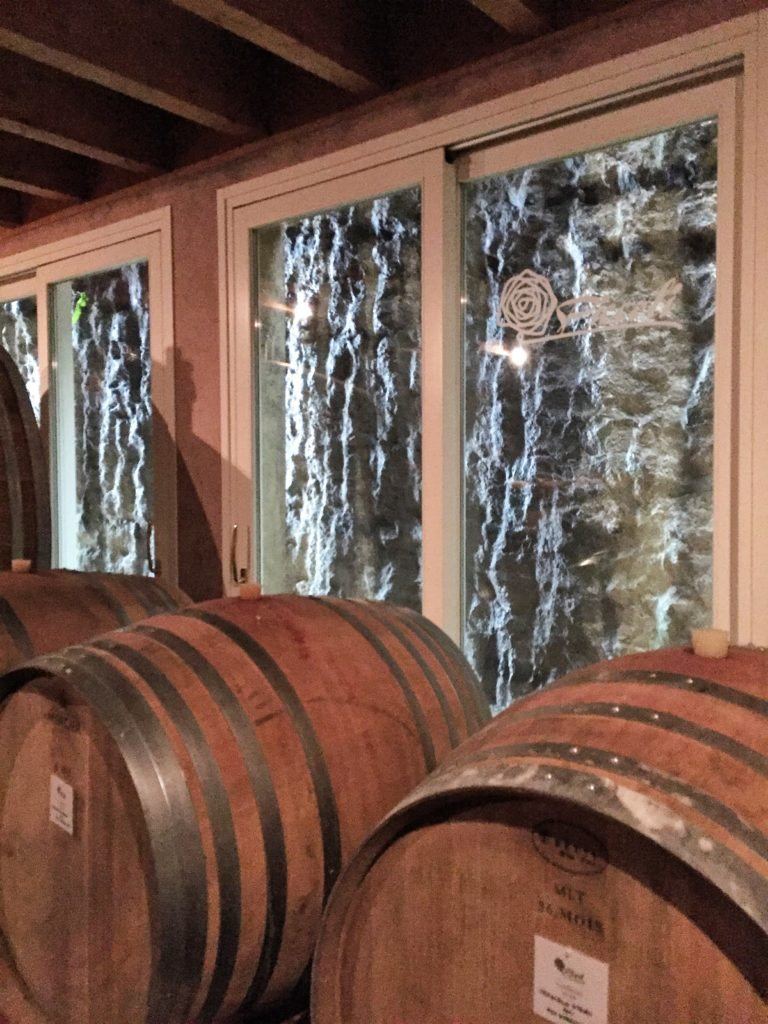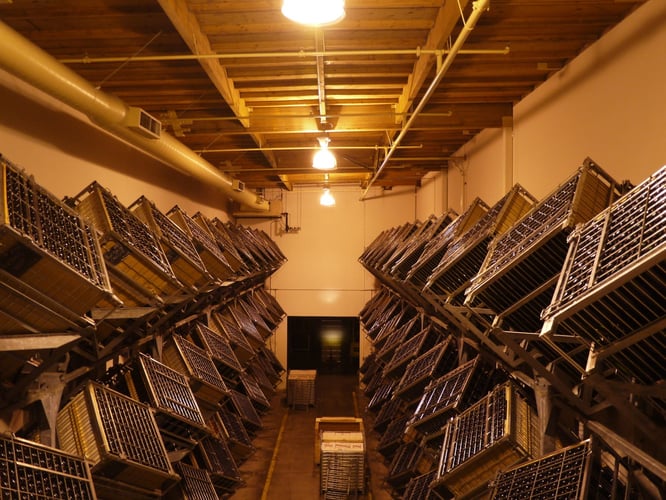Most people serve red wine at room temperature and white wine straight from the fridge.
But is that right?
I don’t know about you, but this is all seems a bit vague. What does ‘room temperature’ even mean? Should you ever put red wine in ice? Why does serving temperature even matter?
If you take a more scientific approach to wine temperatures, you’ll find there’s a Goldilocks zone for every variety – not too hot and not too cold.
Serving the wine at the right temperature will help you enjoy it more. After all, you wouldn’t serve chilled chips or warm ice cream.
Wine scientists (yes, that’s a real job) have discovered that the taste of wine is affected by a range of factors including music, food, temperature and even price.
The Goldilocks effect: optimal wine serving temperatures
Different styles of wine have different requirements. Here’s a list of some of our favourites (ranging from hottest to coolest):
| Wine variety | Serving temperature |
| Vintage Port, Madeira (Since publishing this article we have learned more about Madeira and there's a good argument for serving it slightly chilled.) |
19˚C |
| Bordeaux, Shiraz | 18˚C |
| Red Burgundy, Cabernet | 17˚C |
| Rioja, Pinot Noir | 16 ˚C |
| Chianti, Zinfandel | 15 ˚C |
| Beaujolais, Rosé | 12˚C |
| Viognier, Sauternes | 11˚C |
| Chardonnay | 9 ˚C |
| Riesling | 8 ˚C |
| Champagne, sparkling wines, dessert wines | 7 ˚C |

Full-bodied red wines tend to taste best at temperatures close to room temperature – but remember that ‘room temperature’ isn’t necessarily the same thing as the ambient temperature of the actual room you’re in when you serve the wine. So, if you can, chill them to the temperatures above.
Storage and serving suggestions
It can be tricky to find the exact sweet spot every time, especially if you don’t live in a prestigious château. But there are still ways you can serve and store wine without a cellar to hand.
Wine storage temperature

While we can’t speak for the influence of 90s pop songs on Pinot Noir, temperature fluctuations do appear to alter the structure and character of wine over time. In fact, if the wine is over-chilled, the aging process can actually slow down, changing its aroma and flavour. Storing and serving wine at its ambient temperature ensures these risks are minimised.
An average temperature of 10-15˚C is fine for long-term storage. But it’s ideal to store wine that you expect to drink in the near future at the following temperatures:
- Red wine between 12-19˚C
- White wine between 8-12˚C
- Sparkling wine 5-8˚C
Avoid temperatures over 25˚C as this risks ‘cooking’ the wine and giving it a raisin-y, stewed character.
In addition:
- Ideally, keep wine in dedicated wine fridges. A good wine fridge will have different zones for reds, whites and sparkling wine.
- A cool cellar or a lightly air-conditioned room can also ensure a consistent temperature.
- Above all avoid temperature shocks – rapid changes from cool conditions to warm conditions can damage wine. For example, don’t store wine next to a radiator.
- Don’t allow direct sunlight or fluorescent lighting to reach wine bottles. Shaded wine is less likely to spoil.
- Store wine bottles horizontally. This prevents the cork from drying out and stops air getting into the bottle.
- Don’t remove and replace a chilled bottle of wine too often. Temperature fluctuations will eventually break the wine down.
Serving tips
- Decant wine to bring it up to its ambient temperature and allow it to breathe.
- Use a mixture of ice and cold water to bring wine down to the optimal temperature.
- Pour still wines towards the centre of the glass and sparkling wines against the side to preserve the bubbles.
- Consider the shape of the wine glass you’re using. This has a more profound effect than you’d think.
- Preserve unfinished wine in an appropriate manner. Wine bottle stoppers are a good way to keep wine fresh.
Better quality wine keeps for longer without compromising on taste. Starting with the right bottle will make specific storage and serving requirements worth your time.




